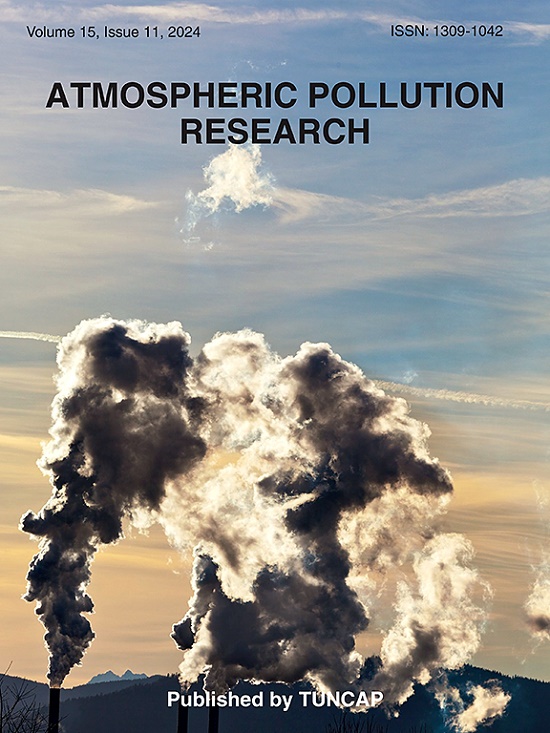Evaluating the role of tree flora in air pollution mitigation and heavy metals accumulation near brick kilns
IF 3.9
3区 环境科学与生态学
Q2 ENVIRONMENTAL SCIENCES
引用次数: 0
Abstract
The tree's efficiency in mitigating air pollution offers a long-term and sustainable solution. The current study assessed the air pollution tolerance index (APTI) and anticipated performance index (API) of selected tree species to identify the most tolerant species along with effectiveness in accumulating heavy metals (HMs) and dust within their foliage near brick kilns. Among all the species, M. indica showed the highest APTI score ranges between (24.95 and 19.05) and the lowest was recorded in D. sissoo (9.41–12.78) throughout the sites during both seasons. Based on API, M. indica is an excellent to best performer throughout the site during both seasons. The highest Dust Capturing Capacity (DCC) was observed in S. cumini (0.37–1.70 mg/cm2) and M. indica (0.33–1.48 mg/cm2), while the lowest was in D. sissoo (0.12–0.57 mg/cm2). P. guajava has shown the highest metal accumulation index (MAI), ranging between 2.69 and 4.63 throughout the sites during both seasons. The Pearson correlation coefficient (PCC) showed that ascorbic acid (AA) (R2 = 0.966) has a strong positive correlation (PC) with APTI among all parameters. The findings demonstrated that pollutants released from brick kilns cause alterations in the biochemical and physiological characteristics of trees. M. indica can be recommended for plantation in polluted environments as it showed a high APTI score. D. sissoo and P. guajava are good phytoextractors for Cd, Pb, and Zn, and M. indica for Cu. So, these species can be recommended as bioindicators for particular metals.

求助全文
约1分钟内获得全文
求助全文
来源期刊

Atmospheric Pollution Research
ENVIRONMENTAL SCIENCES-
CiteScore
8.30
自引率
6.70%
发文量
256
审稿时长
36 days
期刊介绍:
Atmospheric Pollution Research (APR) is an international journal designed for the publication of articles on air pollution. Papers should present novel experimental results, theory and modeling of air pollution on local, regional, or global scales. Areas covered are research on inorganic, organic, and persistent organic air pollutants, air quality monitoring, air quality management, atmospheric dispersion and transport, air-surface (soil, water, and vegetation) exchange of pollutants, dry and wet deposition, indoor air quality, exposure assessment, health effects, satellite measurements, natural emissions, atmospheric chemistry, greenhouse gases, and effects on climate change.
 求助内容:
求助内容: 应助结果提醒方式:
应助结果提醒方式:


